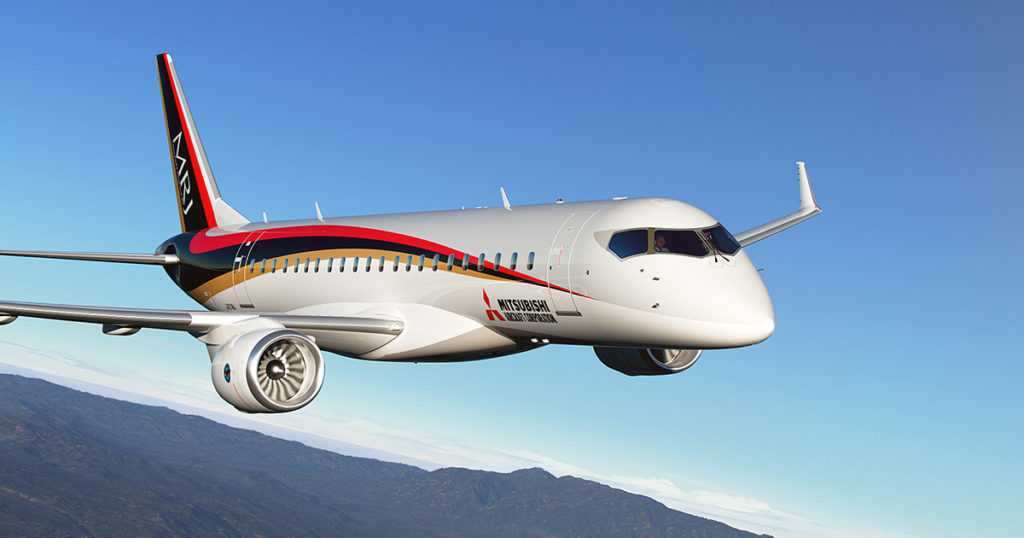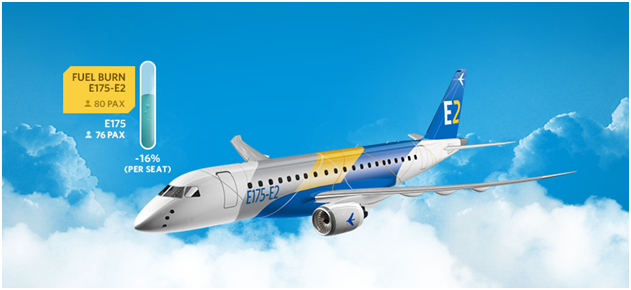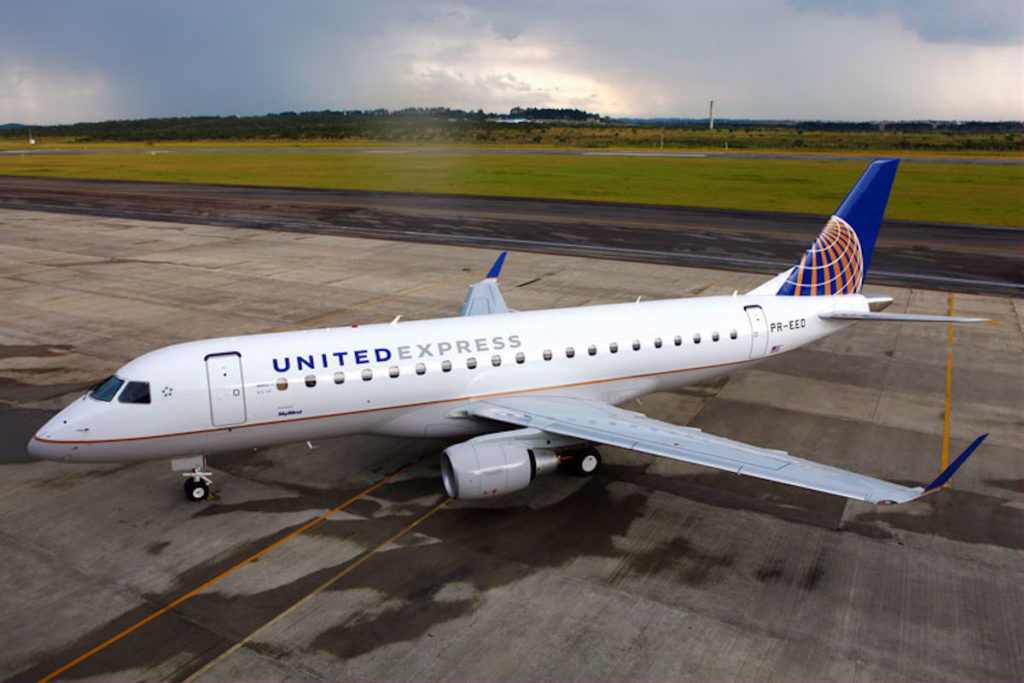Leeham News and Analysis
There's more to real news than a news release.
SkyWest MRJ90 commitment unchanged
 Jan. 24, 2017, © Leeham Co.: SkyWest Airlines, which stunned the aviation community in 2010 with an agreement to order 100 Mitsubishi MRJ90s and options for 100 more, is sticking with the airplane so far in the wake of another delay.
Jan. 24, 2017, © Leeham Co.: SkyWest Airlines, which stunned the aviation community in 2010 with an agreement to order 100 Mitsubishi MRJ90s and options for 100 more, is sticking with the airplane so far in the wake of another delay.
The Japanese company Monday announced a new delay of two more years, making a total of seven. Entry-into-service with launch customer ANA is now slated for 2020. Before this announcement, SkyWest was slated to receive its first airplane in 2019.
“Our conditional firm orders of the MRJ aircraft remain unchanged, and are dependent on flying contracts and scope availability,” a spokeswoman said in an email to LNC.
Mitsubishi lists the SkyWest order as firm on its web site.
MRJ regional jet delayed until mid-2020
By Bjorn Fehrm
January 23, 2017, ©. Leeham Co: Mitsubishi announced a further two years delay of the MRJ regional jet project in a press conference in Tokyo today.
The 90-seater variant of the aircraft will be delivered to the first customer, All Nippon Airways (ANA), mid-2020.
The previous scheduled Entry Into Service (EIS) of mid 2018, was announced December 2015. In total, the MRJ program has announced five delays, totaling seven years. Read more
“Scope clauses stop aircraft development”
By Bjorn Fehrm
Subscription required.
Introduction
October 16, 2016, ©. Leeham Co: “Scope clauses stop aircraft development.”
The words are those of Rodrigo de Souza, Marketing manager of Embraer Commercial Aircraft when we spoke at the sidelines of the recent ISTAT conference in Barcelona.
De Souza made the comment when we discussed how the new E-Jet E175-E2 would fit with US scope clauses. It doesn’t.

Figure 1. Embraer’s E175-E2, which gives an 11% improvement in fuel burn (the additional 5% is from 76 seats going to 80). Source: Embraer.
The problem is the limit on Maximum Take-Off Weight (MTOW).
“I can understand the other restrictions of a scope clause but not the Max Take-Off Weight restriction,” de Souza said. “It doesn’t make any sense; it just stops new and more efficient aircraft getting into the market. What relevance does it have in protecting mainline pilots from the regional operators taking over routes?”
Summary:
- The MTOW part of scope clauses hits all regional manufacturers.
- Embraer is not the worst hit; their present E175 is compliant and selling well.
- Mitsubishi is worse off. Its entire backlog of 240 MRJ90 is non-compliant. And some of its major customers fly for airlines with scope clauses.
- What is the solution? Why doesn’t scope clauses adapt to modern times?





2017: the year ahead
Subscription Required
Introduction
Jan. 3, 2017, © Leeham Co.: The New Year is here and it doesn’t look like a good one for commercial aerospace, if measured against previous outstanding years.
There are some troubling signs ahead, piling on to a slowdown in orders from last year that didn’t even reach a 1:1 book:bill.
This year looks to be worse than last. Airbus and Boeing will give their 2017 guidance on the earnings calls this month and next. Bombardier and Embraer earnings calls are a ways off, when each will provide its guidance.
But LNC believes the Big Two in particular will be hard pressed to hit a 1:1 book:bill this year and may even struggle to match 2016 sales.
Boeing’s year-end order tally comes Thursday. Airbus’ comes on Jan. 11.
Summary
Read more
1 Comment
Posted on January 3, 2017 by Scott Hamilton
Airbus, ATR, Boeing, Bombardier, CFM, Comac, CSeries, E-Jet, Embraer, Etihad Airways, Farnborough Air Show, GE Aviation, Irkut, Leeham News and Comment, Middle of the Market, Mitsubishi, Pratt & Whitney, Premium, Rolls-Royce, Sukhoi
Airbus, Boeing, Bombardier, CFM, Comac, Embraer, GE Aviation, Irkut, Mitsubishi, Pratt & Whitney, Rolls-Royce, Sukhoi